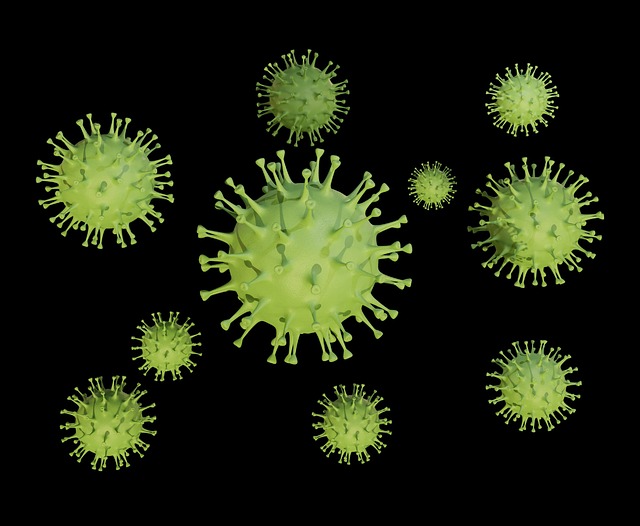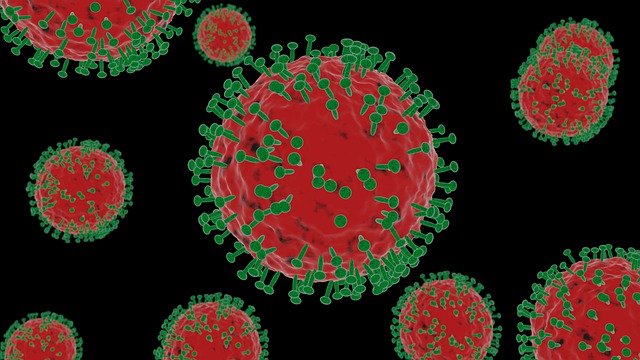Intestinal Perforation: Complications and Management Strategies
Intestinal perforation, often resulting from untreated intestinal obstruction, poses a significant risk of peritonitis and sepsis, necessitating urgent surgical intervention and aggressive management to prevent life-threatening complications.
October 2022

Long COVID Prediction: Insights from Systems Biology
A study led by the Institute for Systems Biology identifies several warning factors for long COVID, providing insights into the underlying biological mechanisms and informing predictive models for identifying individuals at increased risk of persistent symptoms following SARS-CoV-2 infection.
September 2022

Long-Term Cardiovascular Outcomes of COVID-19: Implications for Follow-Up Care
Individuals with COVID-19 exhibit increased risks of incident cardiovascular disease at 12 months post-infection, highlighting the long-term cardiovascular consequences of SARS-CoV-2 infection and the need for comprehensive follow-up care to mitigate cardiovascular risk factors and prevent adverse outcomes.
September 2022
Patient Selection for Patent Foramen Ovale Closure: Clinical Considerations
Patient and patent foramen ovale (PFO) characteristics influence the likelihood of benefiting from PFO closure, highlighting the importance of individualized risk assessment and shared decision-making in selecting patients for interventional PFO closure procedures.
September 2022

COVID-19 Restrictions Linked to Fewer Dengue Cases: Insights from Epidemiological Studies
COVID-19 measures, including school closures and restrictions on high-traffic areas, are associated with a significant reduction of 750,000 dengue cases, highlighting the unintended yet beneficial consequences of pandemic-related interventions on vector-borne diseases.
September 2022
Effectiveness of Masks in Public Spaces: Real-World Efficacy
Masks are highly effective in protecting against infections in closed public spaces, underscoring their role as a critical preventive measure in reducing the transmission of respiratory pathogens and mitigating the spread of infectious diseases in community settings.
September 2022

Coronadengue: Syndemic of COVID-19 and Dengue Co-Infection
Coronadengue, the combined infection of COVID-19 and dengue, presents as a syndemic or synergistic epidemic, with the first case detected in Rosario, Argentina in 2022, highlighting the overlapping public health challenges posed by emerging infectious diseases and the need for integrated surveillance and control measures.
September 2022

Rare Incidence of Multisystem Inflammatory Syndrome in Vaccinated Children: Vaccine Recommendations
Multisystem inflammatory syndrome is rare in vaccinated children, supporting COVID-19 vaccination recommendations for everyone aged 5 and older in the United States to protect against severe illness and complications associated with SARS-CoV-2 infection.
September 2022

Social Determinants and Obesity Rates: Public Health Implications
Social determinants such as education, income, neighborhood, and food environment significantly influence obesity rates, highlighting the complex interplay between socioeconomic factors and health outcomes and informing targeted interventions to address disparities in obesity prevalence.
September 2022















